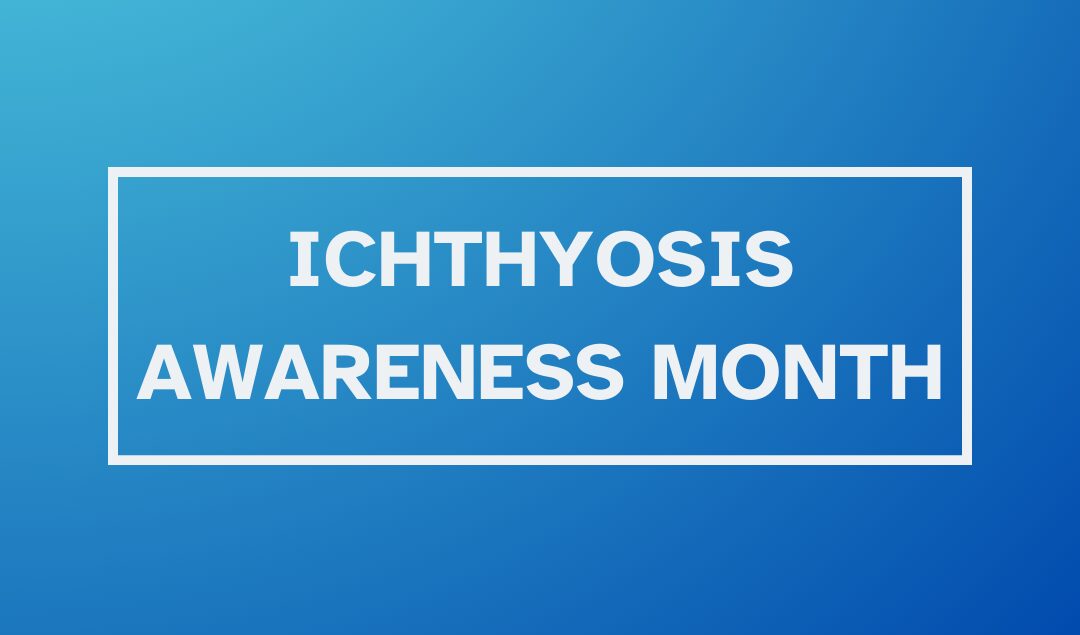Search by Color or Cause


Ichthyosis Awareness Month is observed during the month of May. During May, we encourage families and friends around the world to join together. We encourage them to use their voices. And, of course, to raise awareness about the challenges and hopes of the ichthyosis community. Simply taking the time to talk to others is one of the best ways to show you care. Wear a blue ribbon or blue enamel awareness pin to represent ichthyosis awareness. Another idea is to wear a blue silicone awareness wristband bracelet to call attention to this important awareness month.
Ichthyosis Awareness Month educates that ichthyosis is a family of genetic skin disorders characterized by dry, scaling skin that may be thickened or very thin. The prefix “ichthy” is taken from the Greek root for the word fish. Ichthyosis affects people of all ages, races, and gender. The disease usually presents at birth, or within the first year, and continues to affect the patient throughout their lifetime. Each year, more than 16,000 babies are born with some form of ichthyosis.
At present time there is no cure for ichthyosis, however, dedicated researchers and physicians have and continue to develop effective ways to help manage the disorder. Parents also play an important role in sharing different treatments they are receiving with fellow parents of affected children and affected adults. Support of those with this condition is extremely important. It is also important to support those who care for people with ichthyosis.
Besides the common scaling condition of the skin and depending on the severity, there may be associated psychological symptoms due to the abnormal appearance of the skin. Ichthyosis is disfiguring for most affected individuals. In addition to the numerous medical complications like dehydration, infections, chronic blistering, overheating, and rapid-calorie loss, patients with ichthyosis are subjected to psychological issues. Patients are often ostracized and concerns of isolation, low self-esteem, and depression are common due to the appearance of their visible, chronically shedding skin.
The skin is the primary deflector for the human body. It encases and protects our body from the external environment. The barrier that makes up the skin has many components, which include a barrier to excessive loss of body fluids or uptake of noxious chemicals in the skin. The skin is made up of many layers, but it is the outermost layer that provides the most protection. It is this layer where most ichthyosis patients have a defect.
Most forms of ichthyosis are very rare. The genetic mutation that causes the disorder is passed from parent to child. In some cases however, neither parent exhibits the disorder themselves, but they are carriers of the defective gene. When two carriers pass their mutated gene on to a new life, the child will inherit the disorder. In some very rare cases, the genetic mutation occurs spontaneously in the affected generation.